World Heritage Day is observed on April 18 across the globe. The day for heritage sites came into being after UNESCO's General Conference approved it in 1983. The theme for World Heritage Day this year is 'Wetlands for a sustainable urban future'. There are 1,052 Heritage Sites in the world, of which 814 are cultural, 203 are natural and 35 are mixed, while 55 of these sites are in danger. From the complete list, 36 sites from India are on the World Heritage List.
A World Heritage Site is a landmark or area selected by the United Nations Educational, Scientific and Cultural Organization (UNESCO) for its cultural-historical, scientific or other forms of significance. The place is legally protected by international treaties and is judged important and heritage status.
Some of the most popular heritage sites in India include the Agra Fort, Ellora Caves in Maharashtra, Taj Mahal in Uttar Pradesh, Fatehpur Sikri in Uttar Pradesh, Group of Monuments at Hampi in Karnataka and Ajanta and Ellora caves, Elephanta caves, Chhatrapati Shivaji Terminus in Maharashtra. The 'Historic City of Ahmadabad' made into the list of World Heritage sites recently.
Here is the list of 36 Indian sites on the World Heritage List:
1. Kaziranga Wild Life Sanctuary, Assam
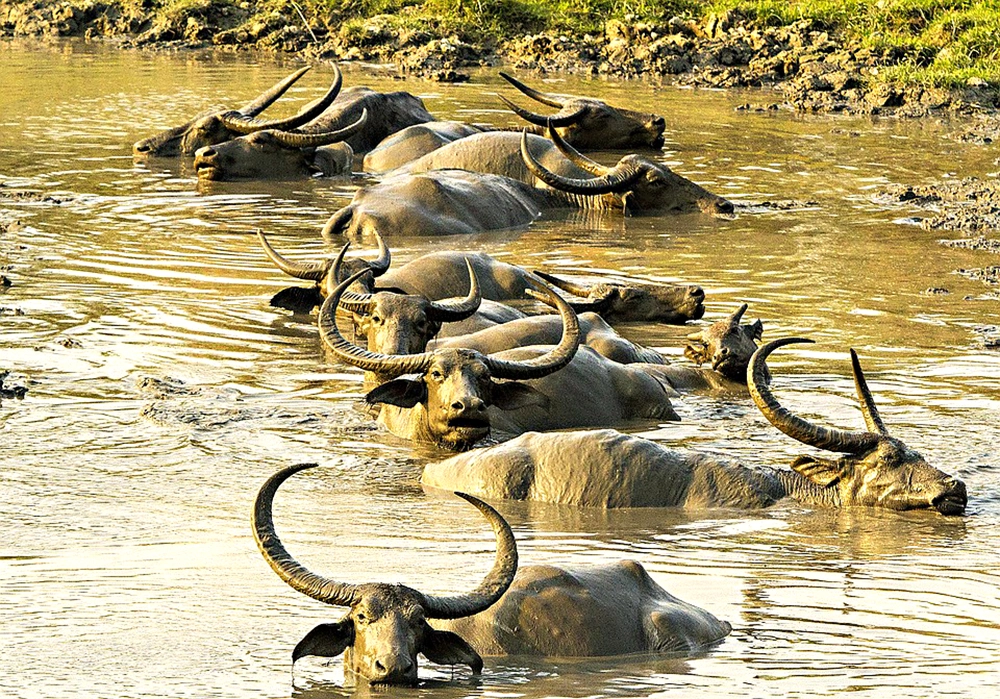
Kaziranga Wild Life Sanctuary located in Assam was added to the list of heritage sites in 1985. It was first established as a reserved forest in 1908 to protect the species of rhinoceros, then declared a World Heritage Site by UNESCO in 1985 for its unique natural environment. Kaziranga Wildlife Sanctuary is known for having the largest population of the great Indian one-horned rhinoceros.
2. Manas Wildlife Sanctuary, Assam

Manas Wildlife Sanctuary located in Assam was inscribed as a World Heritage Site by UNESCO in 1985. The place is home to several endangered species and 21 most-threatened species of mammals. The sanctuary was listed under 'The World Heritage in Danger' but removed in 2011 after conservation efforts.
3. Mahabodhi Temple Complex at Bodh Gaya, Bihar
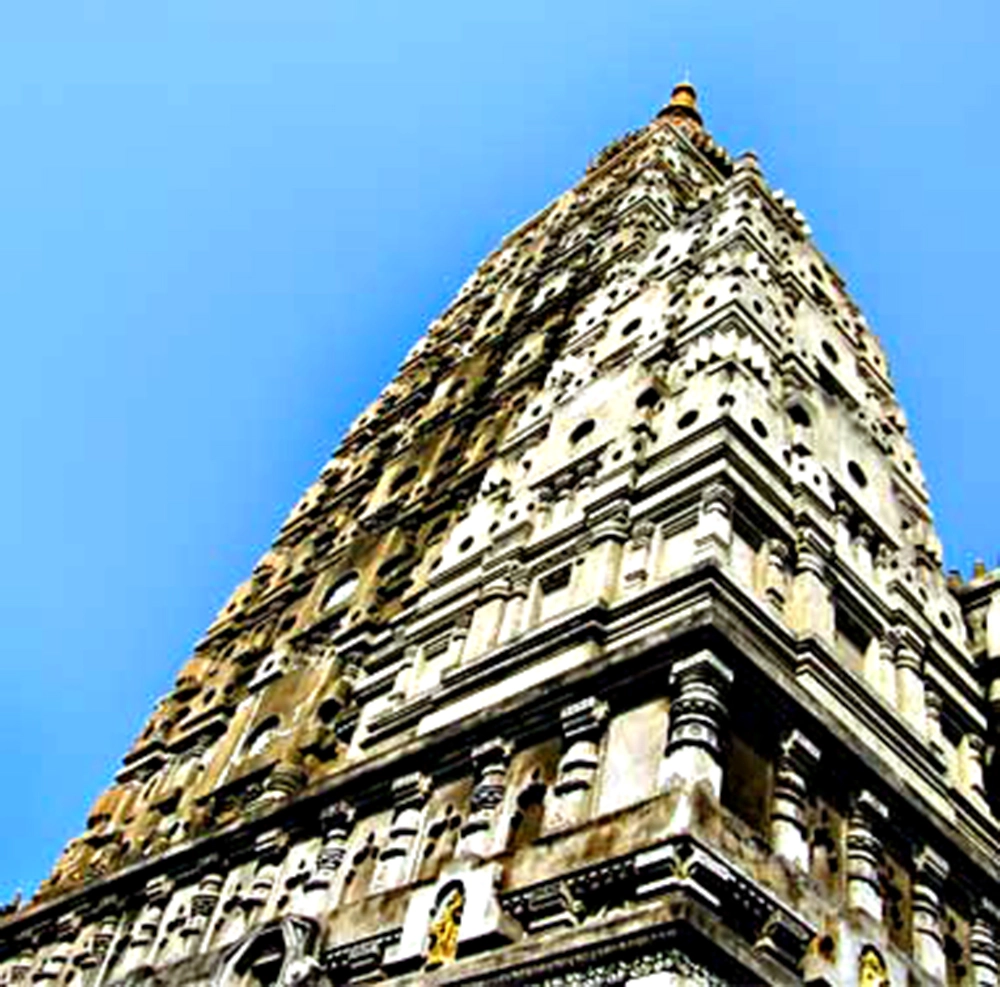
Mahabodhi Temple Complex at Bodh Gaya was added to the list of UNESCO World Heritage List in 2002. The first temple was built by Emperor Ashoka in the 3rd century BC (260 BC). The structures now present there are dated between 5th and 6th centuries AD. In 531 BC, Siddhartha Gautama Buddha was enlightened at the same place.
4. Humayun's Tomb, Delhi
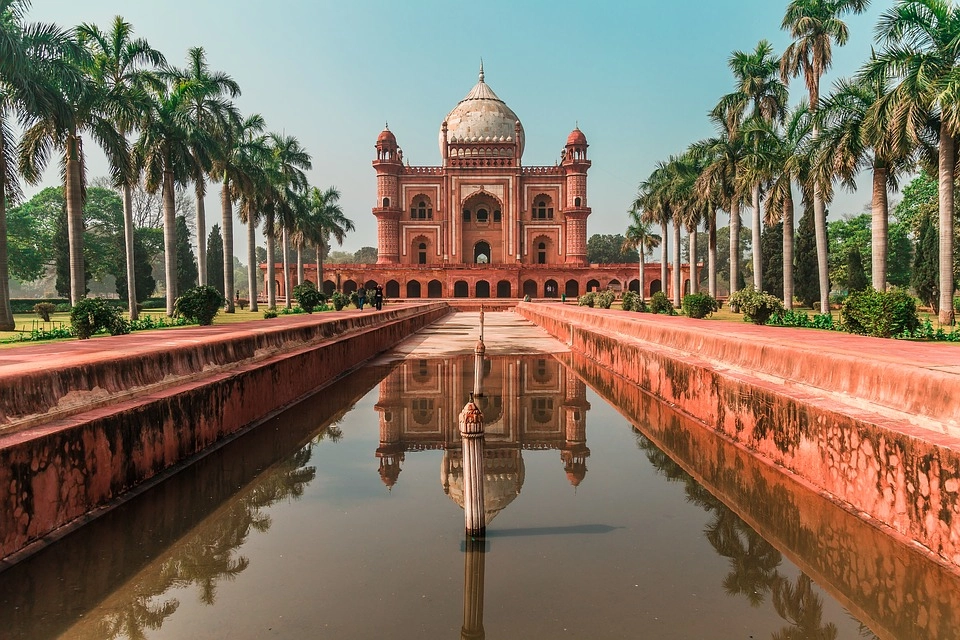
Humayun's Tomb in Delhi built in 1570 was inscribed as a UNESCO World Heritage Monument in 1993. It is known for its double-domed elevation provided with Chhatris. It was built in 1569–1570 by the second Mughal Emperor Humayun’s widow Biga Begum (Hajji Begum).
5. Qutb Minar and its Monuments, Delhi
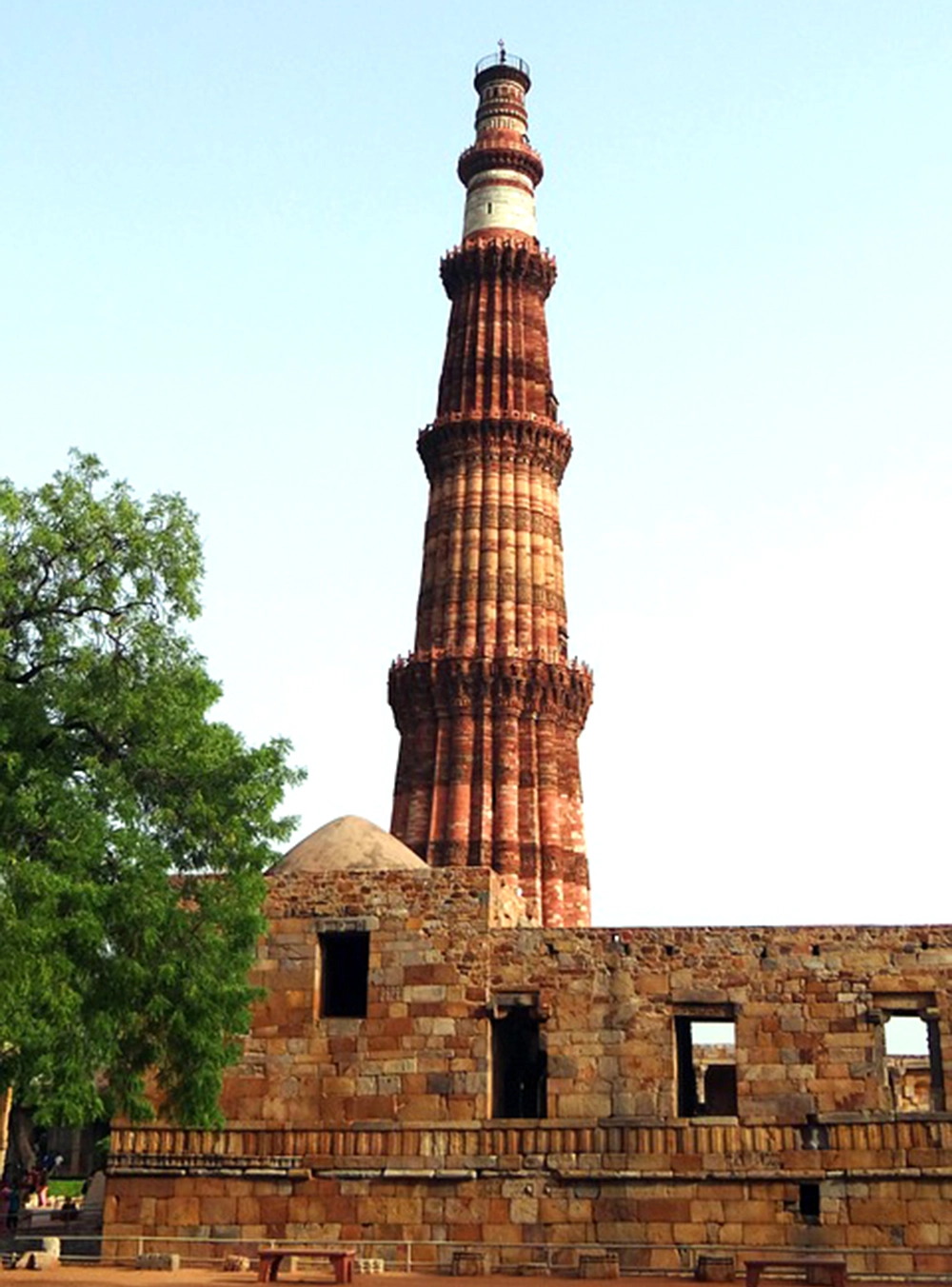
Qutub Minar and its Monuments located in Delhi was built at the beginning of the 13th century. It was added to the list of heritage sites in 1993.
6. Red Fort Complex
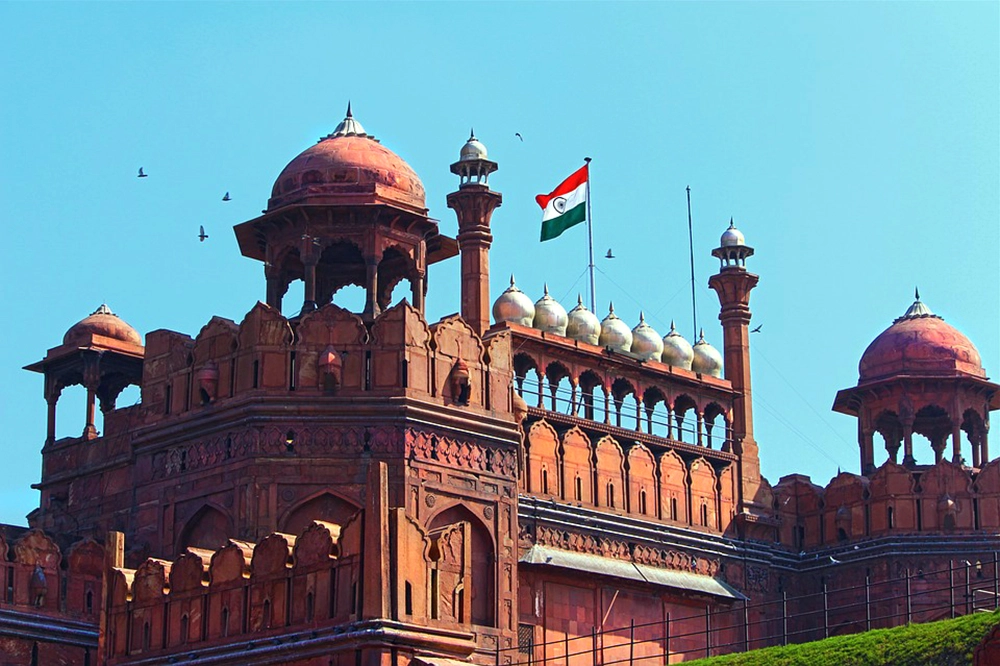
Red Fort showcases the glory of the Mughal rule. It was built in the 17th century by the Mughal Emperor Shahjahan. It was declared a heritage site in 2007.
7. Churches and Convents of Goa
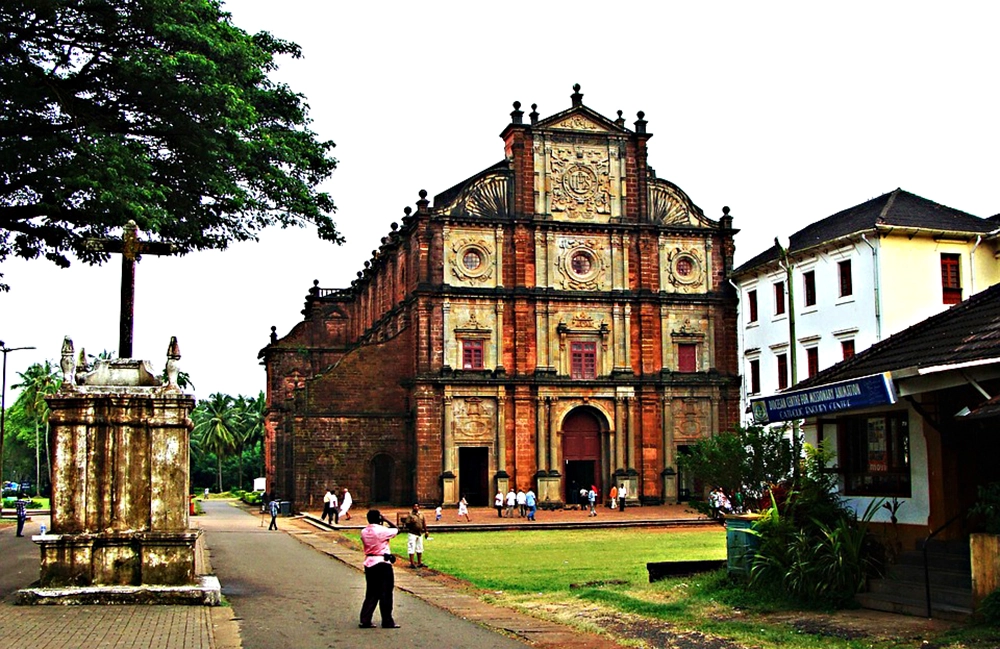
Churches and Convents of Goa are monuments came under UNESCO'S World Heritage List in 1986. The Portuguese colonial rulers of Goa between 16th and 18th centuries built them.
8. Champaner-Pavagadh Archaeological Park, Gujarat
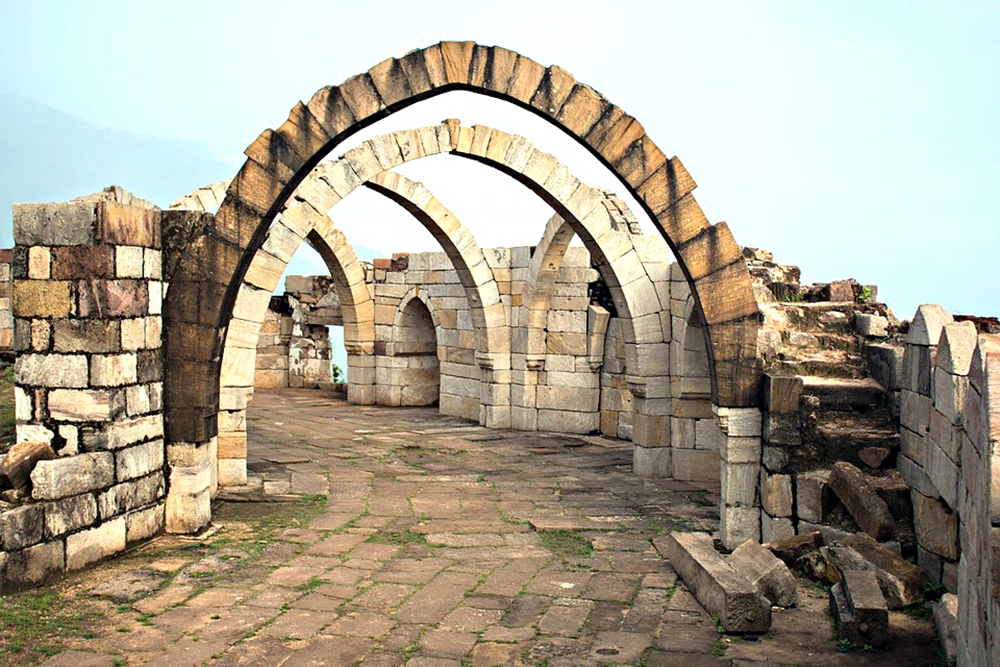
Champaner-Pavagadh Archaeological Park is situated in Panchmahal district in Gujarat. It came under UNESCO's World Heritage Site list in 2004. The park includes largely unexcavated archaeological, cultural heritage and remains of the 16th-century capital of the state of Gujarat. The place attracts pilgrims throughout the year.
9. Group of Monuments at Hampi
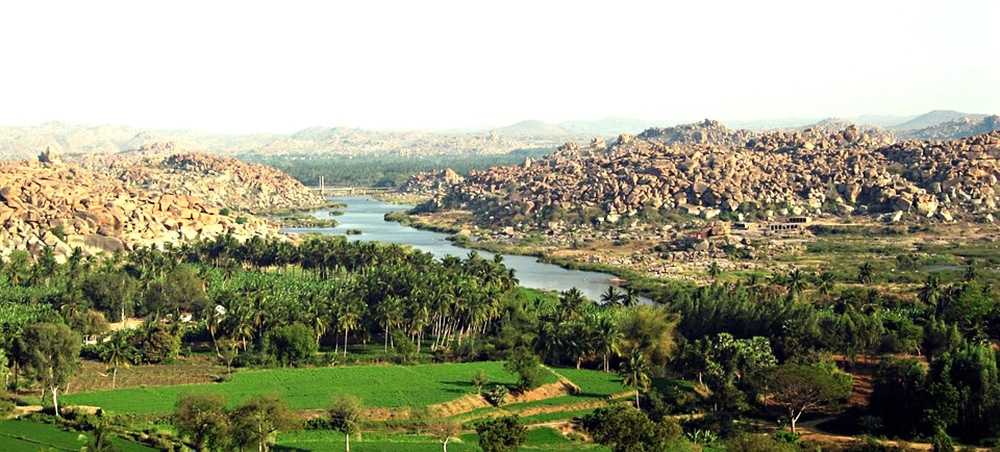
The Group of Monuments at Hampi in Karnataka was a travel spot in the 15th and 16 centuries. It was added to the list of heritage sites in 1986. It has ruins of Vijayanagara, which was the former capital of the powerful Vijayanagara Empire.
10. Group of Monuments at Pattadakal
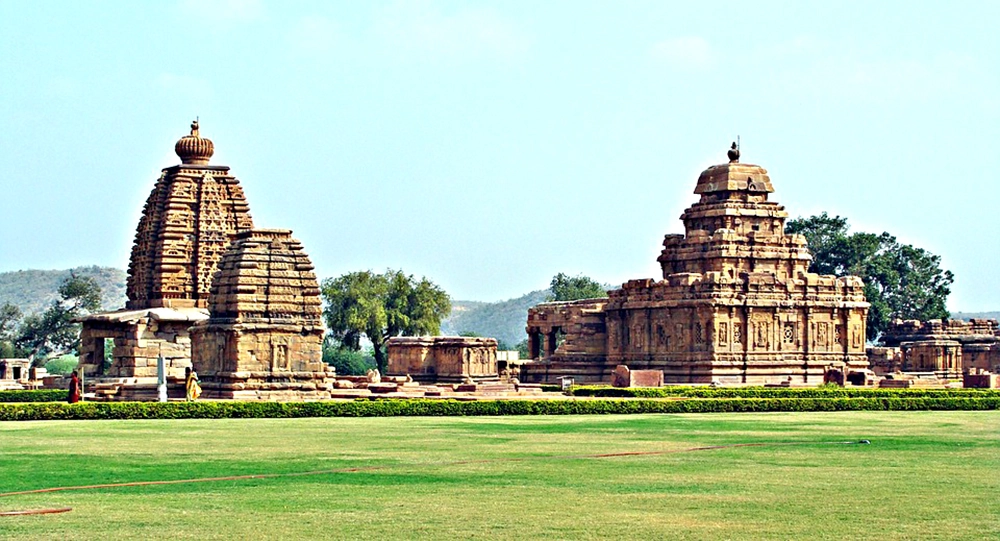
The Group of monuments in Pattadakal was added to UNESCO World Heritage List in 1987.
11. Buddhist Monuments at Sanchi, Madhya Pradesh
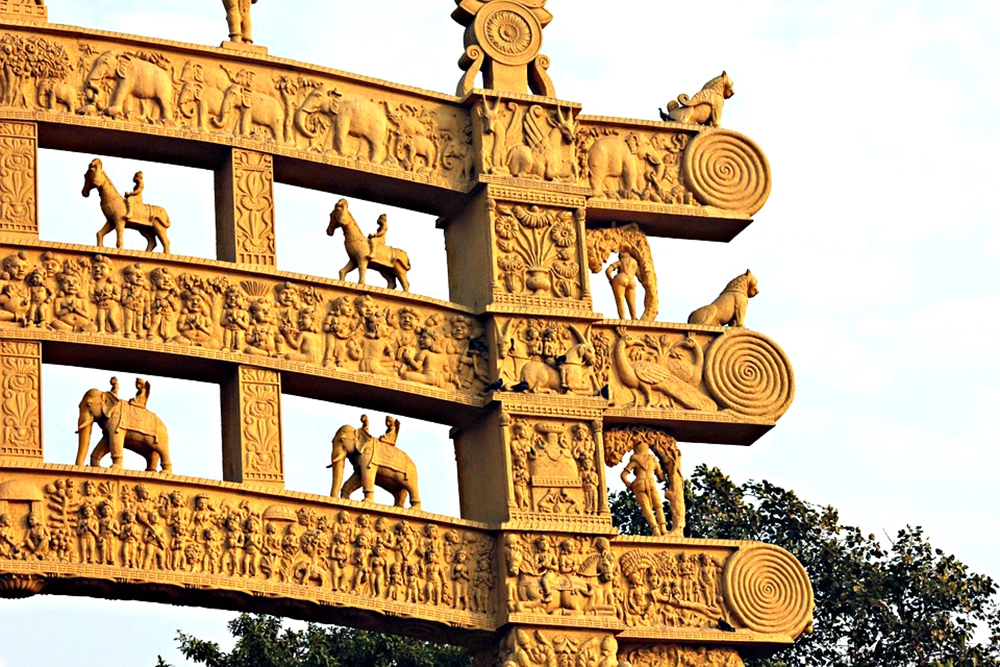
Buddhist Monuments at Sanchi in Madhya Pradesh are monuments dated between 200 BC and 100 BC It was inscribed as a World Heritage Site by UNESCO in 1989 for its cultural importance.
12. Rock Shelters of Bhimbetka, Madhya Pradesh
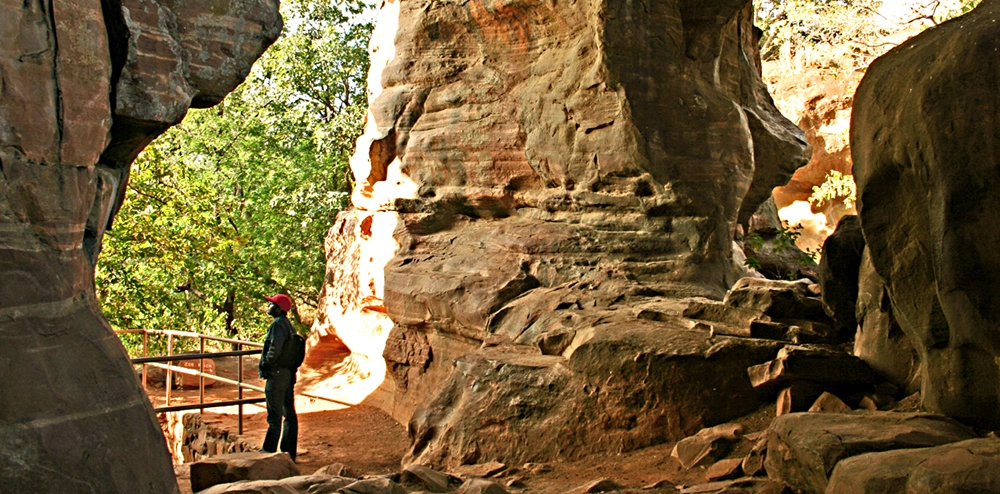
Rock Shelters of Bhimbetka is known for its rock paintings within natural rock shelters. Located in Madhya Pradesh, it was inscribed in the UNESCO's heritage list in 2003.
13. Khajuraho Group of Monuments, Madhya Pradesh
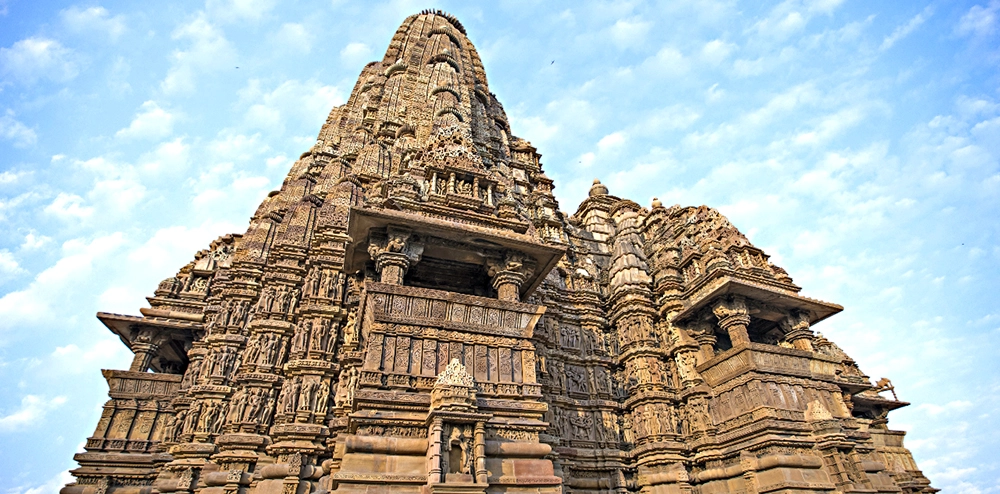
Located in Madhya Pradesh, Khajuraho Group of Monuments represents the Chandela period of the 10th century. In total there are 85 temples that belong to the Hindu and Jain Religious practices. It received the heritage site status in 1986.
14. Ajanta Caves
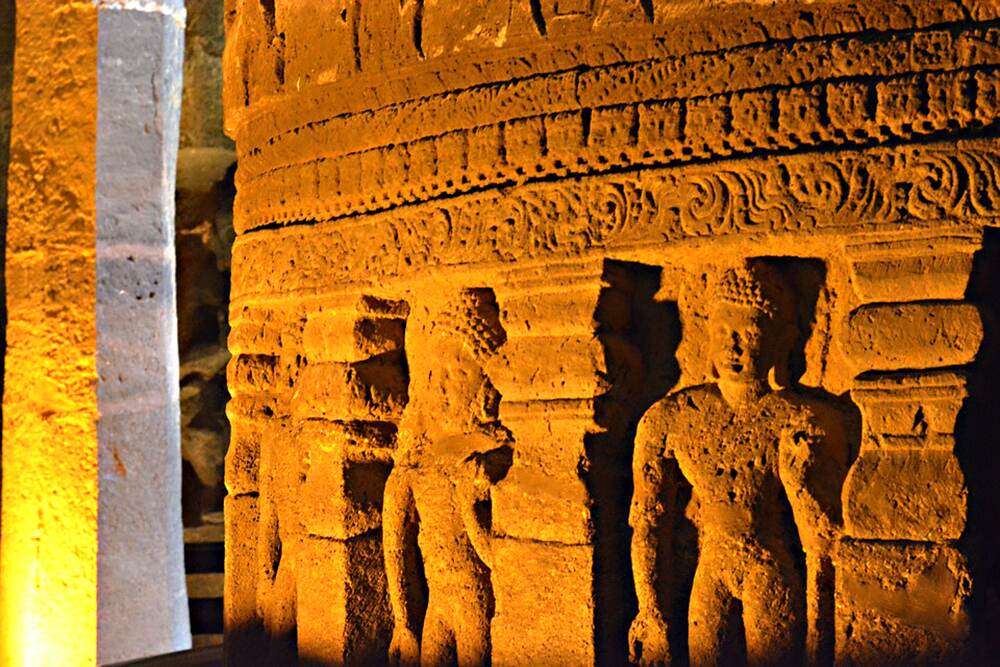
Ajanta Caves in Maharashtra is listed under UNESCO World Heritage since 1983. The Buddhist caves were built in the 2nd century and 6th century.
15. Ellora Caves
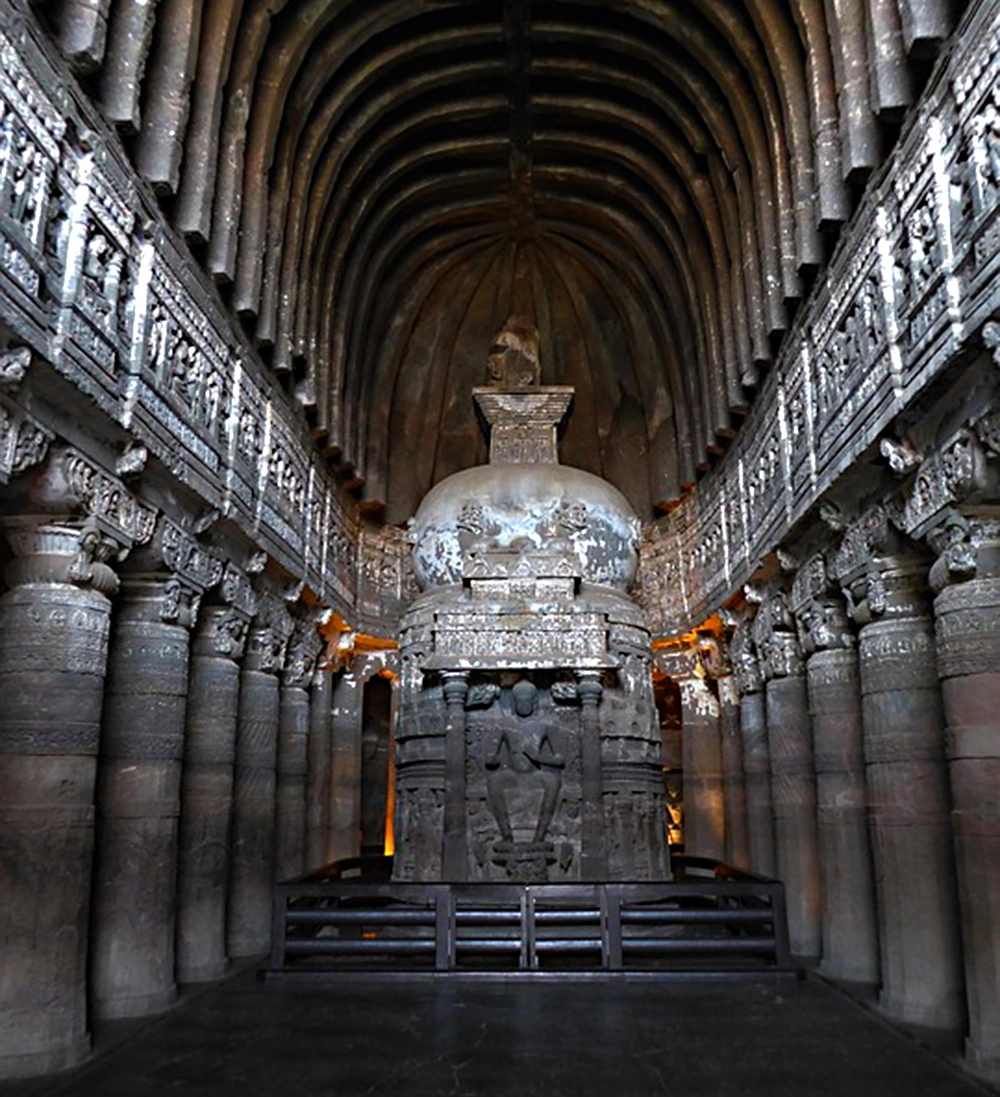
Ellora Caves include 34 monasteries and temples which represents a cultural mix of religious arts of Buddhism, Hinduism and Jainism. This cultural property was inscribed under the UNESCO World Heritage List in 1983.
16. Elephanta Caves
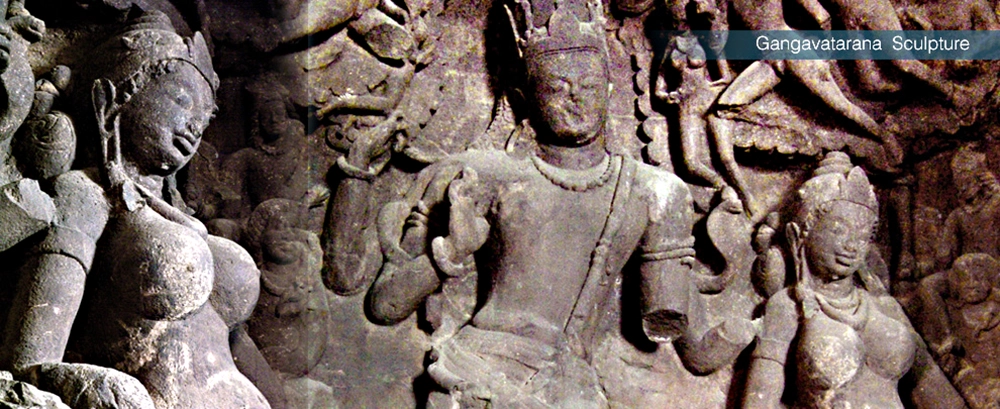
Elephanta Caves is located on an island in Maharashtra. The caves have architectures representing the Shaiva Hindu sect. dating back to the 5th and 8th centuries. It was designated a UNESCO World Heritage Site in 1987.
17. Chhatrapati Shivaji Terminus (formerly Victoria Terminus)
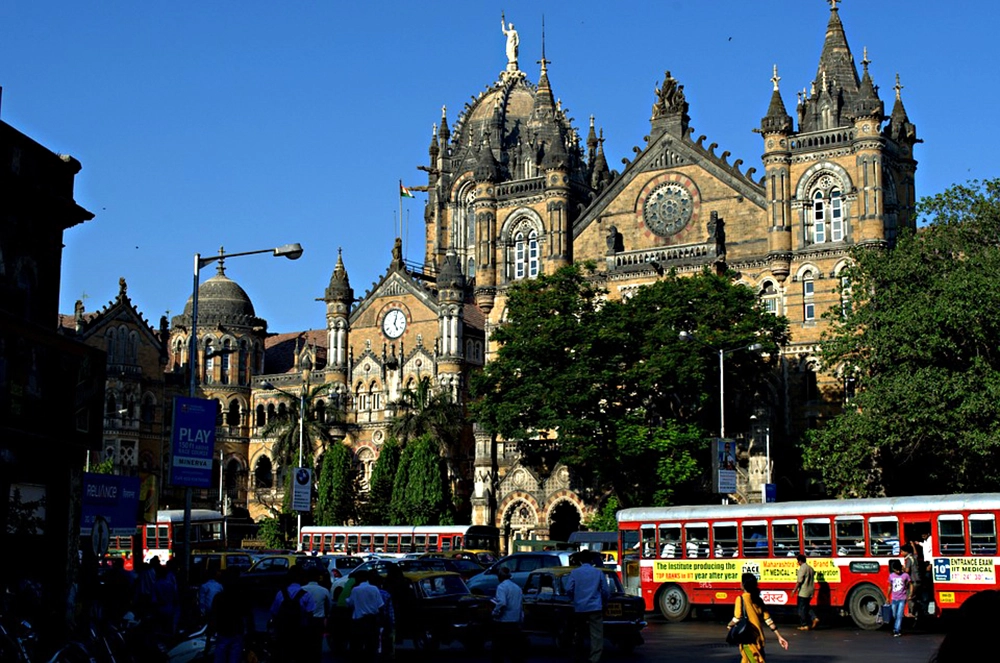
Chhatrapati Shivaji Terminus (CST) earlier known as Victoria Terminus is among the busiest railway stations in India. Located in Mumbai, the station was designed by Frederick William Stevens, a consulting architect in 1887–1888 in the pre-independence era. It was included in the World Heritage sites list in 2004.
18. Sun Temple, Konârak
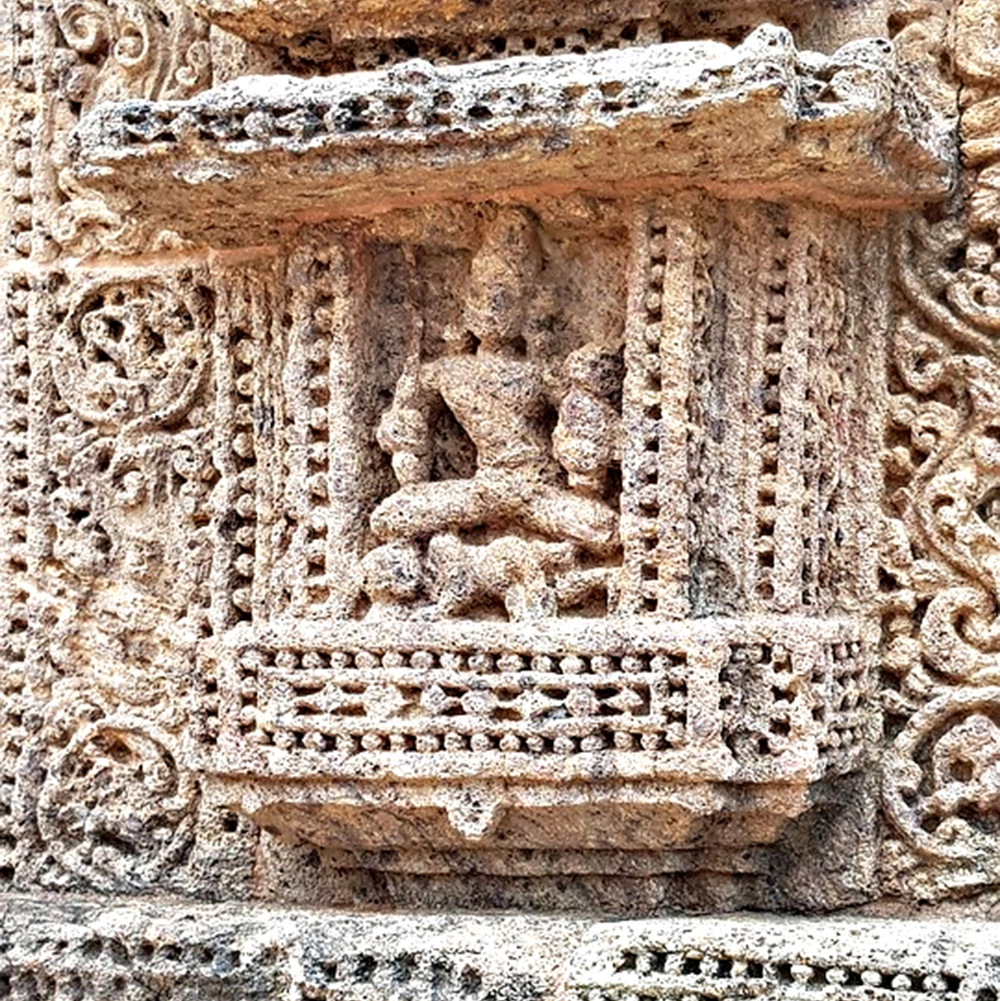
Konark Sun Temple located in Odisha is known for its carvings. It was inscribed in the World Heritage Site inscribed in 1984 as cultural property.
19. Keoladeo National Park
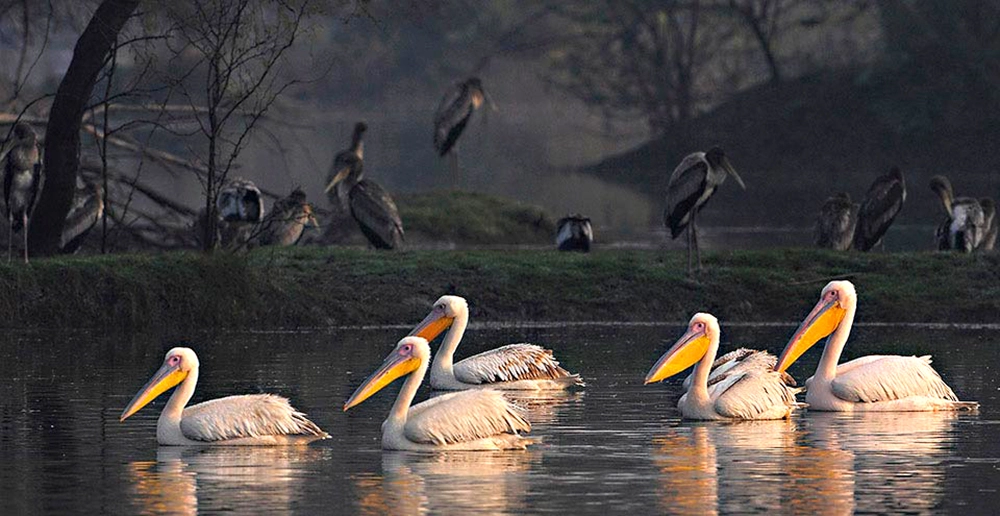
Located in Bharatpur, Keoladeo National Park was a duck-hunting reserve of the Maharajas of Bharatpur which later became a bird sanctuary in 1956. It is popularly known for 364 species of wintering birds that flock in large numbers, arriving from different countries like Afghanistan, Turkmenistan, China and Siberia. It entered the list of heritage sites in 1985.
20. Jantar Mantar, Jaipur
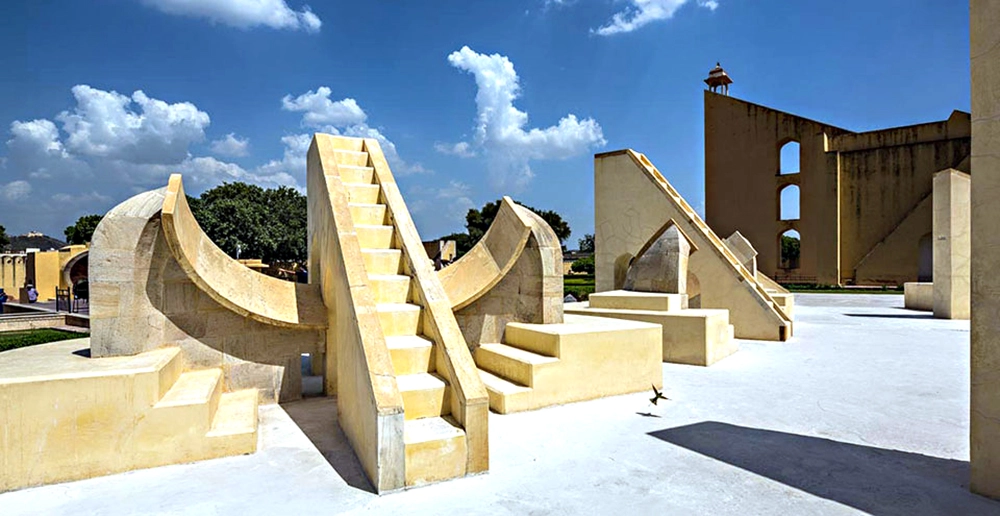
The Jantar Mantar in Jaipur was modelled after the one that was built at the Mughal capital of Delhi by Maharaja Jai Singh II. In 2010, the Jantar Mantar at Jaipur was inscribed as a cultural property on the UNESCO World Heritage List.
21. Great Living Chola Temples
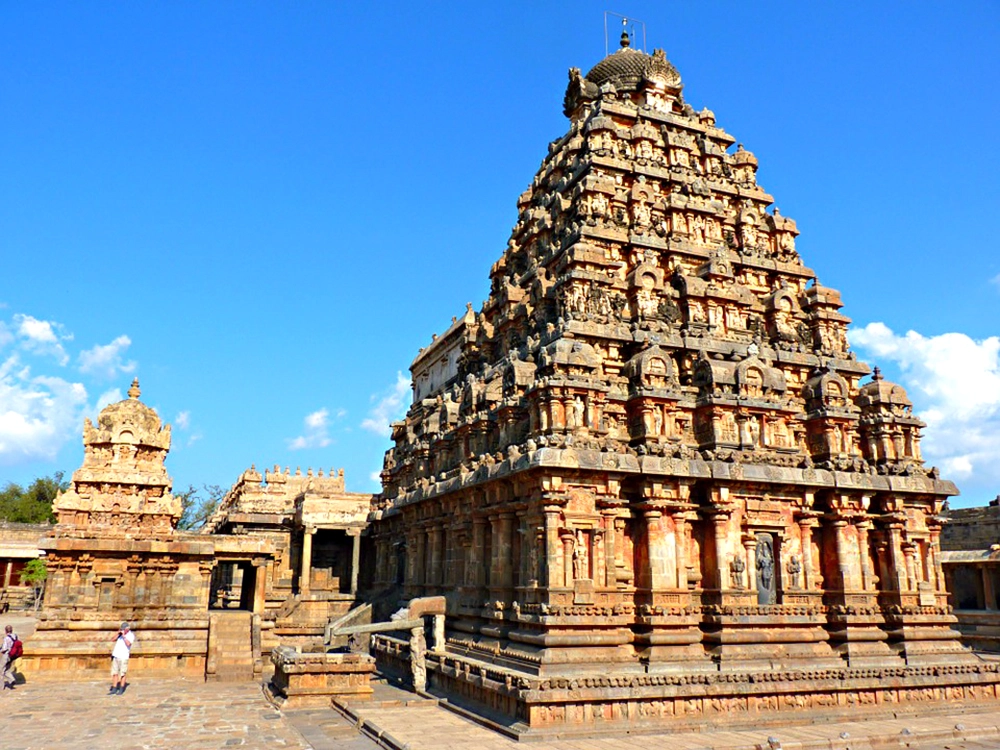
Located in Tamil Nadu, The Great Living Chola Temples was inscribed under UNESCO World Heritage List in 1987 as Cultural heritage. This site includes three great temples of 11th and 12th centuries namely, the Brihadisvara Temple at Thanjavur, the Brihadisvara Temple at Gangaikondacholisvaram and the Airavatesvara Temple at Darasuram.
22. Group of Monuments at Mahabalipuram
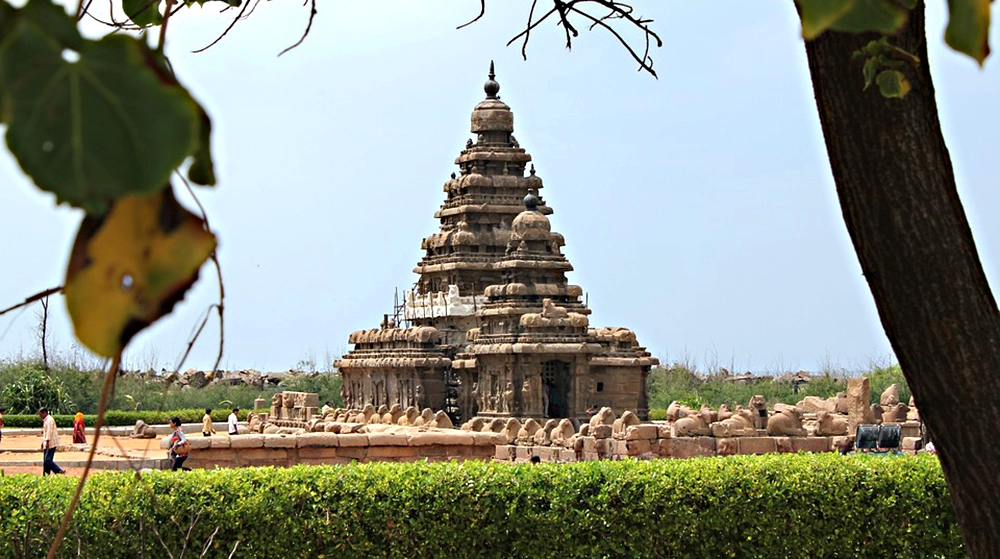
You'd be surprised to know that the temple town of Mahabalipuram has approximately forty monuments, including the largest open-air bas-relief in the world. The group of monuments were built in the 7th and 8th centuries by the Pallava kings and have been carved out of rock along the Coromandel coast in Tamil Nadu. It earned the heritage site status in 1984.
23. Agra Fort, Uttar Pradesh
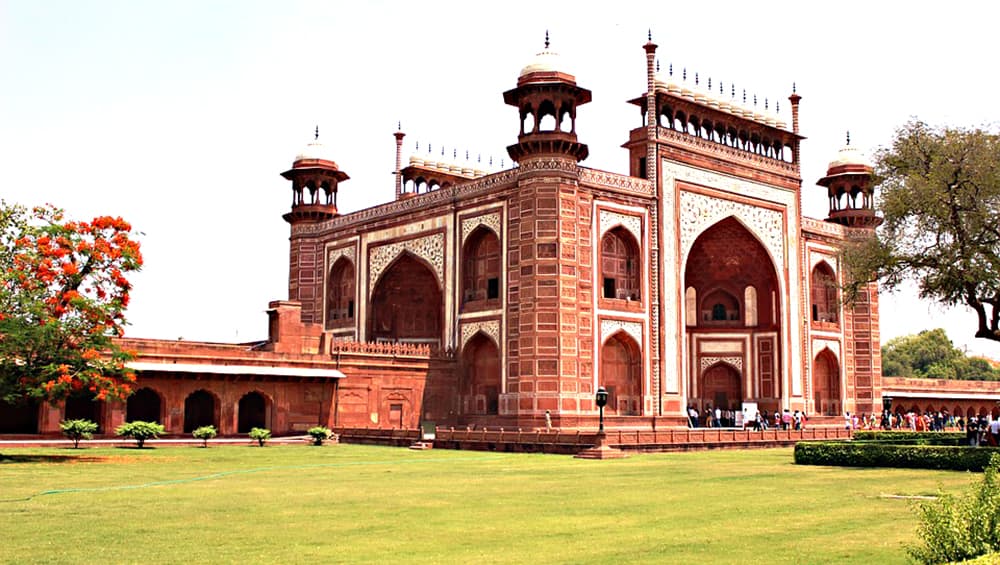
Popularly known as the Red Fort of Agra, it is located on the banks of the Yamuna River, built in red sandstone. It was inscribed in the UNESCO World Heritage List in 1982. Agra Fort was built from the 16th century onwards till the early 18th century. It is known for sharing a striking resemblance to the famous Taj Mahal.
24. Fatehpur Sikri, Uttar Pradesh
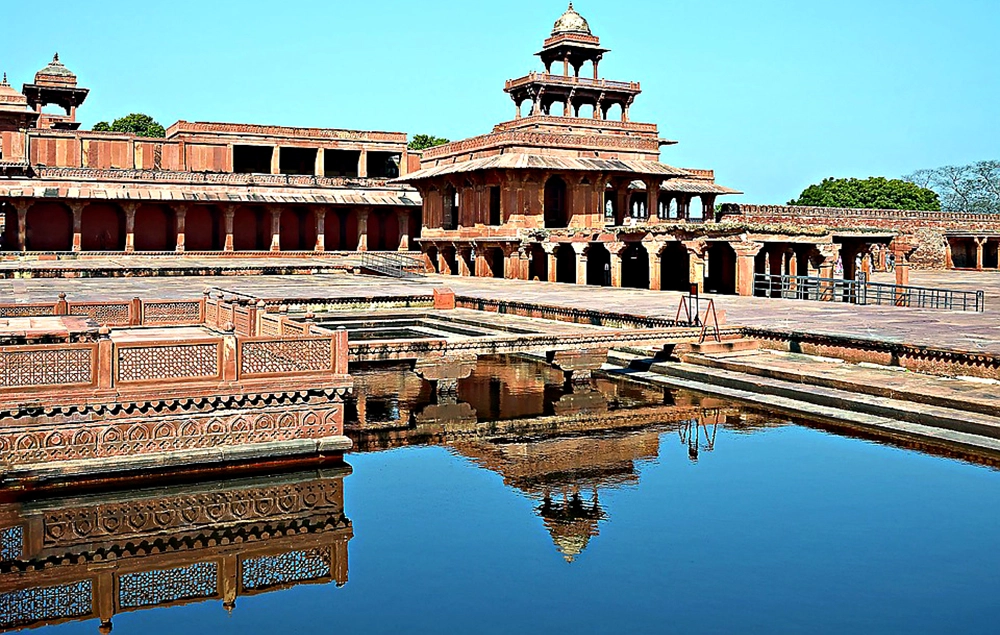
Fatehpur Sikri was built during the second half of the 16th century by the Mughal Emperor Akbar. It entered the list of World Heritage sites in 1986.
25. Taj Mahal, Uttar Pradesh
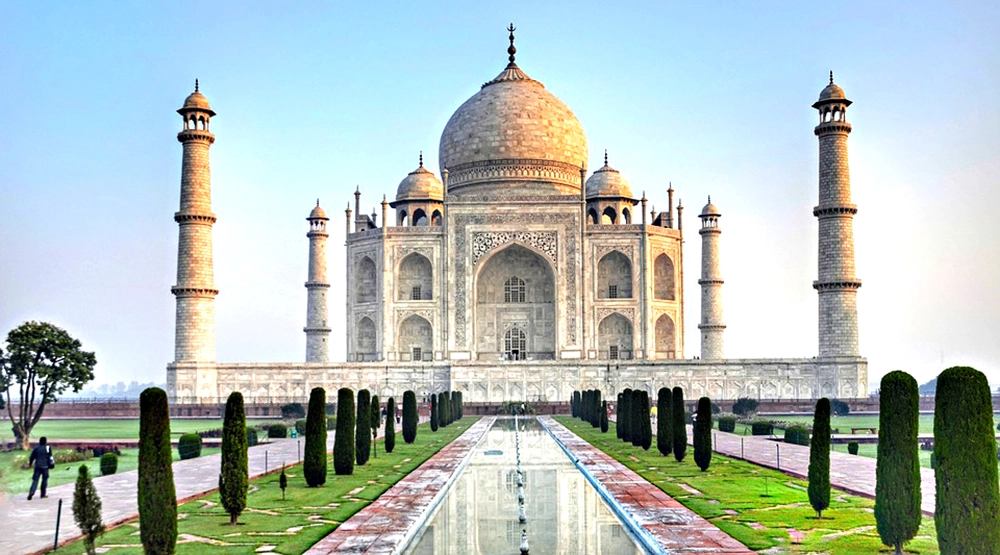
Taj Mahal, one of the seven wonders of the world was built by Mughal Emperor Shahjahan in the memory of his third wife Begum Mumtaz Mahal in the 16 century. It was inscribed in the UNESCO World Heritage List in 1988.
26. Mountain Railways of India
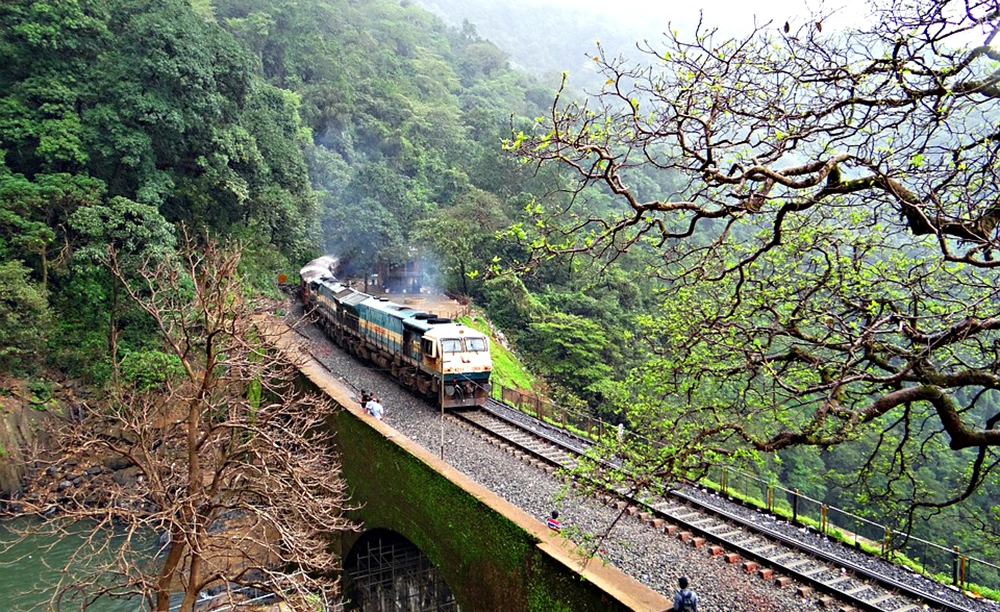
Mountain Railways of India includes the Darjeeling Himalayan Railway, the Nilgiri Mountain Railway and the Kalka-Shimla Railway which was recognised as UNESCO World Heritage Sites in 1999, 2005, and 2008 respectively.
27. Nanda Devi and Valley of Flowers National Parks
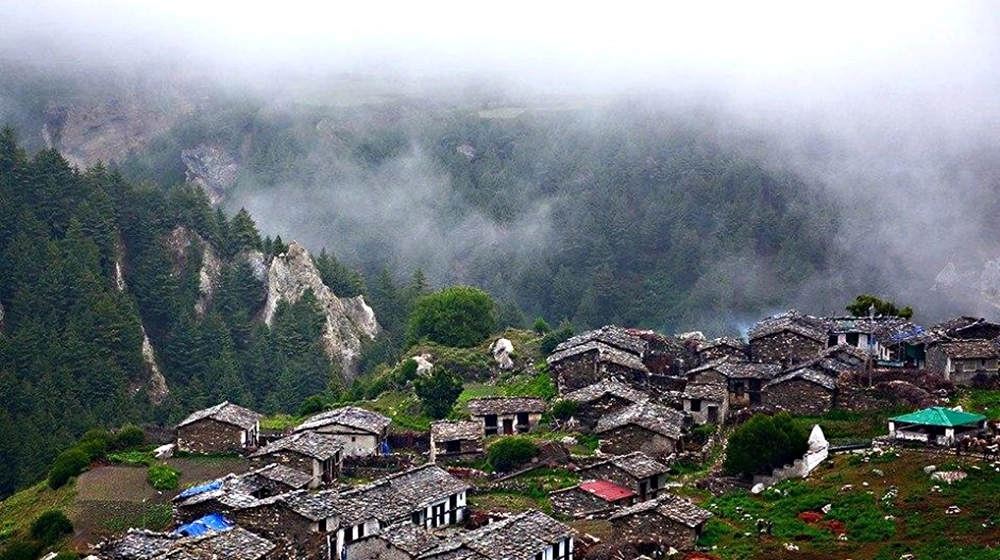
Nanda Devi and Valley of Flowers National Parks in West Himalaya is known for its outstanding natural beauty. It was inscribed under the UNESCO World Heritage List in 1988.
28. Sundarbans National Park
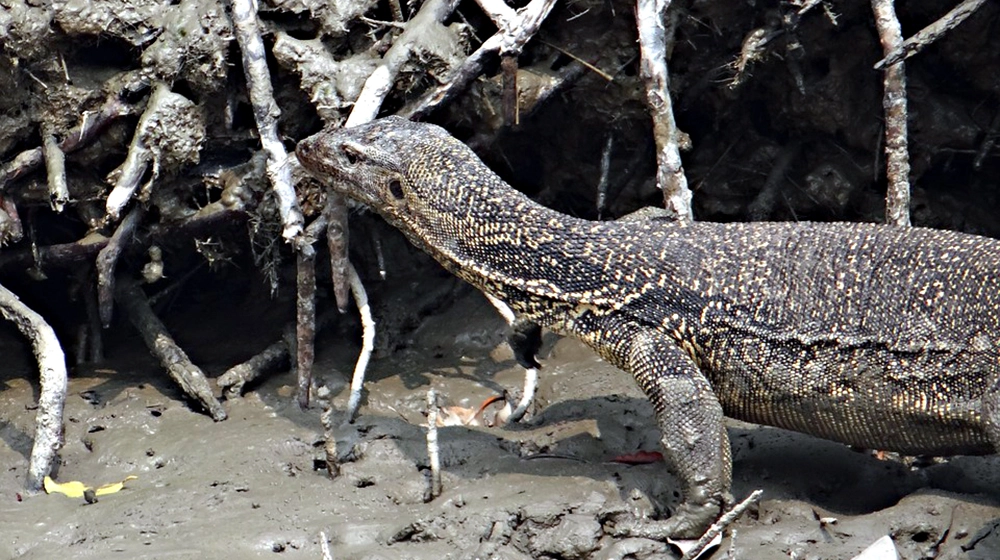
Located in West Bengal, The Sundarbans National Park is known for its mangrove forest, national park and tiger reserve. It was inscribed on the UNESCO World Heritage list in 1987.
29. Western Ghats
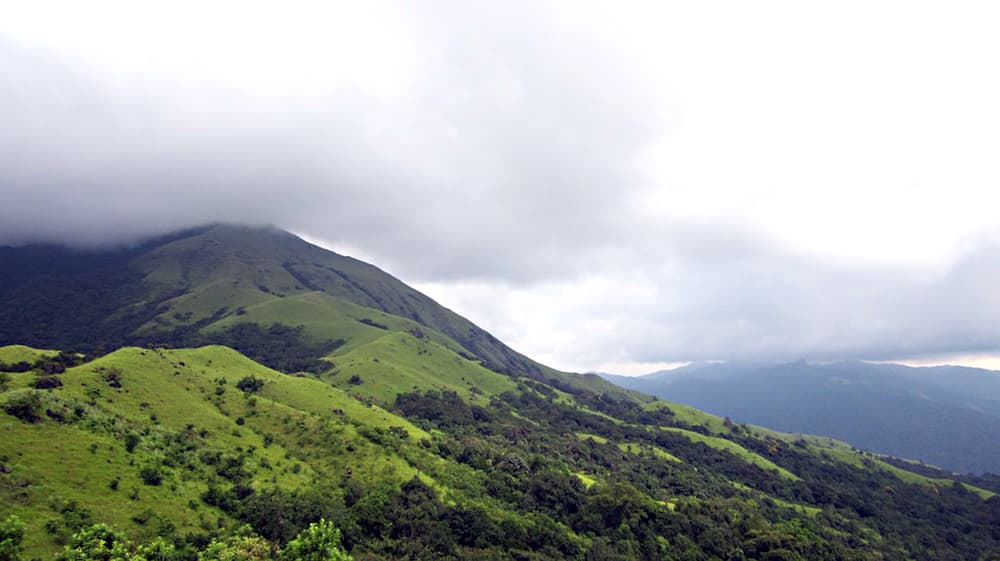
The Western Ghats, also known as the Sahyadri Mountains is one of the world's ten 'Hottest biodiversity hotspots'. The world heritage sites are spread across Kerala, Karnataka, Tamil Nadu and four in Maharashtra. It earned the title of World Heritage site in 2012.
30. Hill Forts of Rajasthan
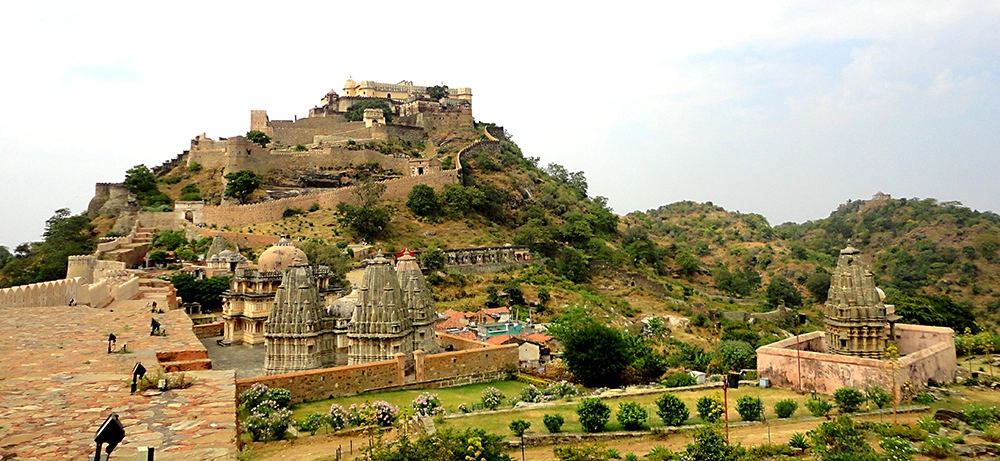
Hill Forts of Rajasthan or the Aravallis mountain range represents a number of hill forts and are considered examples of Rajput military architecture. It entered the Heritage sites list in 2013.
31. Rani ki Vav (The Queen's Stepwell)
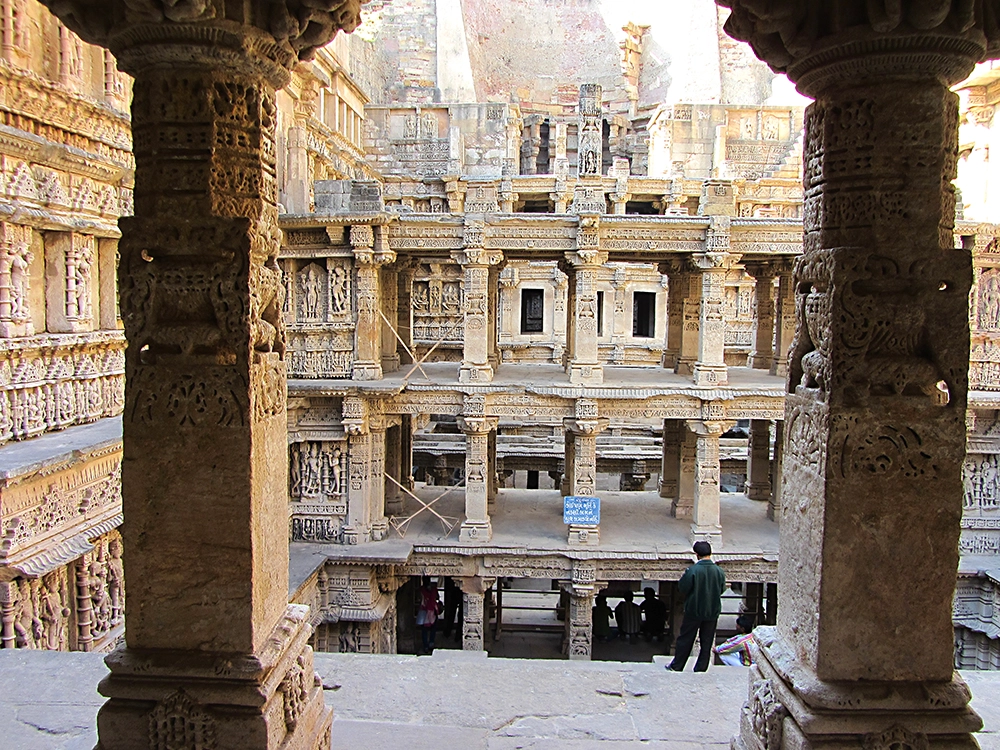
Rani ki vav or The Queen's Stepwell in Gujarat is known for having 500 sculptures of god. It received the heritage site status in 2014.
32. Great Himalayan National Park
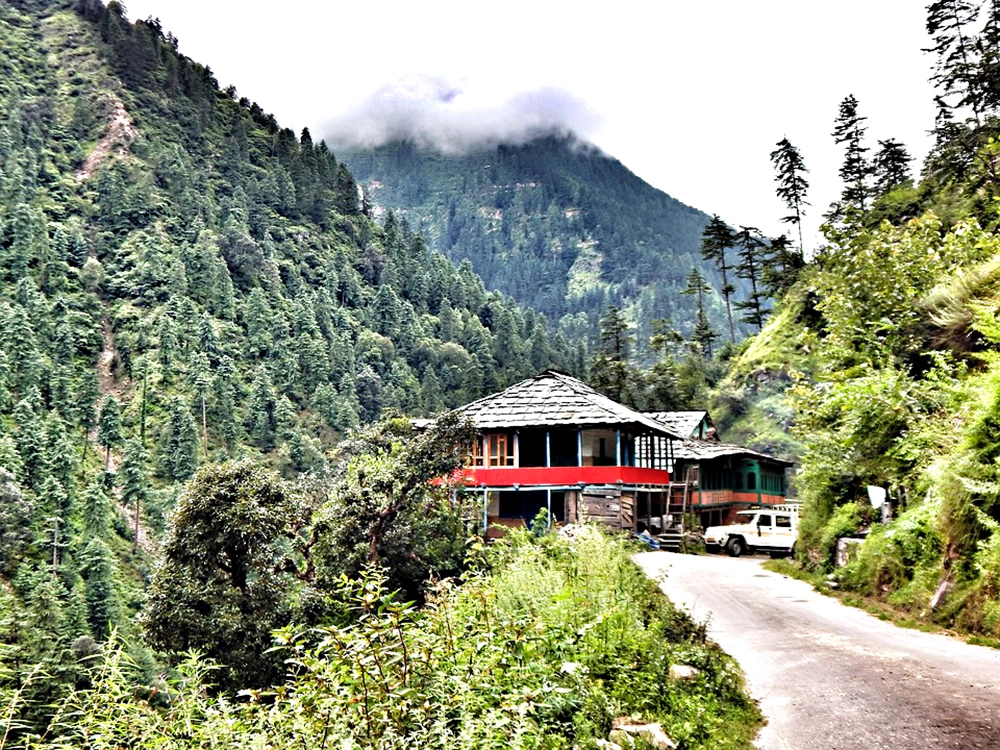
Great Himalayan National Park at Kullu, Himachal Pradesh, (GHNPCA) is part of the Himalaya biodiversity hotspot. The primary reason why it has a rich assemblage of fauna species is as it has 25 beautiful forests. It was inscribed in the UNESCO World Heritage List in 2014.
33. Nalanda
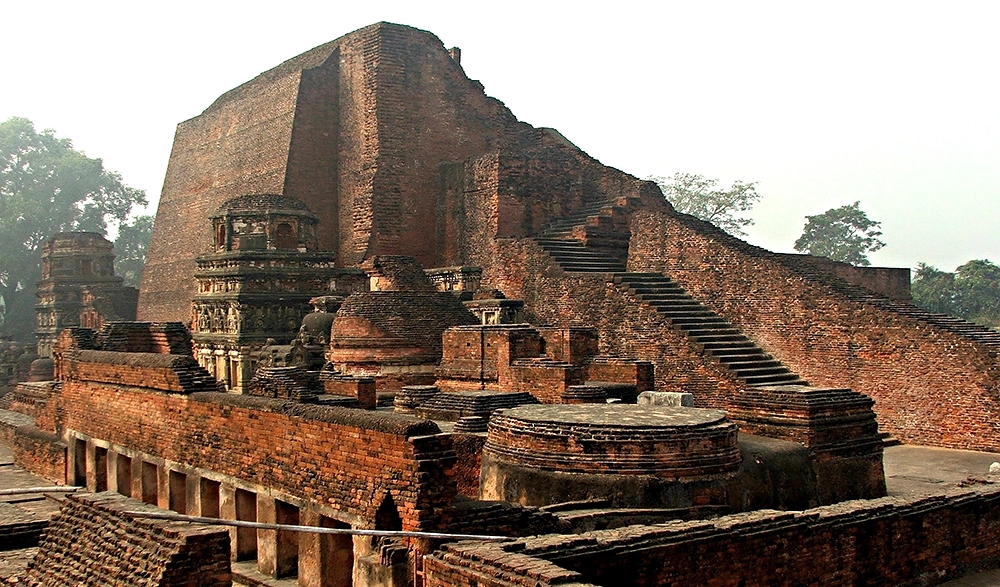
Located in the north-eastern part of India, Nalanda Mahavihara includes stupas, shrines, viharas and important artworks. It is the most ancient university of the Indian subcontinent and was inscribed in the UNESCO World Heritage List in 2016.
34. Khangchendzonga National Park

Khangchendzonga National Park is located in Sikkim and is a beautiful diversity of plains, valleys, glaciers lakes and snow-capped mountains covered with ancient forests, including the world’s third highest peak, Mount Khangchendzonga.
35. The Architectural Work Of Le Corbusier
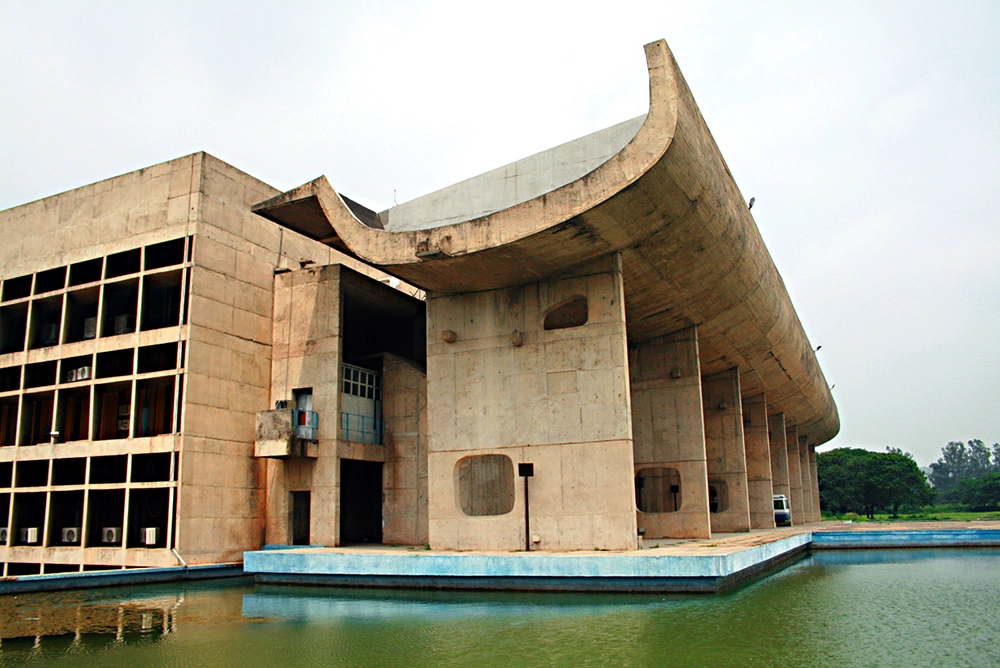
The Architectural Work includes 17 sites and the properties are spread over seven countries. Urban and Architectural Work of Le Corbusier in Chandigarh is home to numerous architectural projects of Le Corbusier, Pierre Jeanneret, Matthew Nowicki and Albert Mayer. Built in the 20th century, The Architectural Work Of Le Corbusier was listed under the UNESCO World Heritage Site in 2016.
36. Historic City of Ahmedabad
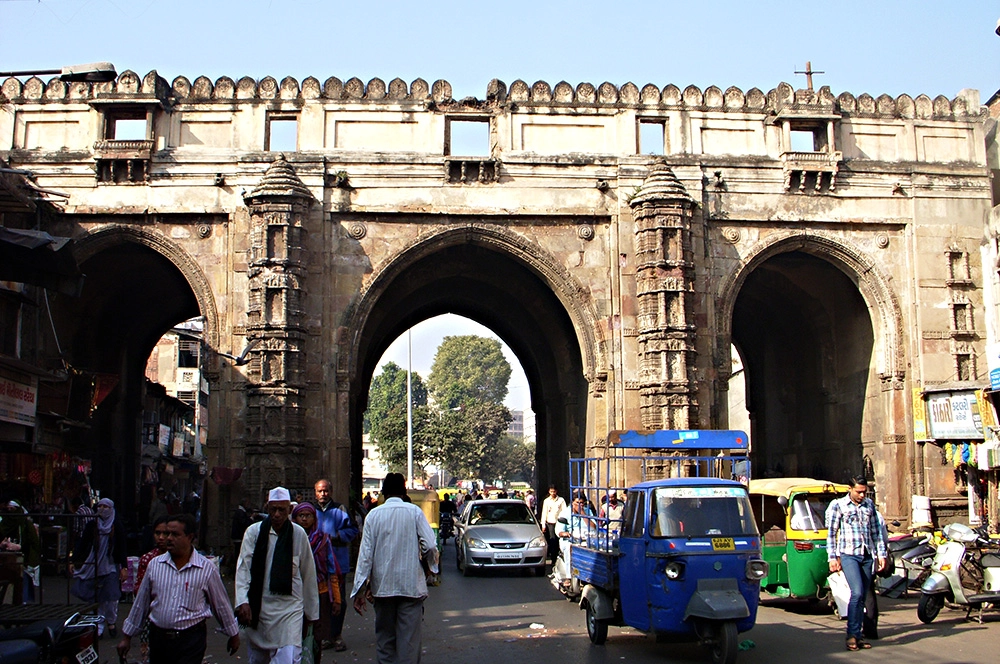
Ahmedabad's rich architectural heritage from the Sultanate period, notably the Bhadra citadel, the walls and gates of the Fort city and numerous mosques and tombs as well as important Hindu and Jain temples of later periods makes it one of the most popular tourist spots in India. Gujarat's capital, Ahmedabad was listed as one of UNESCO's World Heritage Sites in 2017.
World Heritage Site aims to draw attention to ancient sites around the world and raise public awareness about the diversity and importance of its cultural heritage. The day thus gives highlights the need to preserve heritage sites and increase awareness of the importance of supporting such causes. This year, marking the International World Heritage Day, the Department of Archaeology has organised a 15-day scientific cleaning programme in Hampi and Bengaluru from April 16. The event will be organised under the theme 'Heritage for Generations'.
(The above story first appeared on LatestLY on Apr 18, 2018 08:44 AM IST. For more news and updates on politics, world, sports, entertainment and lifestyle, log on to our website latestly.com).












 Quickly
Quickly









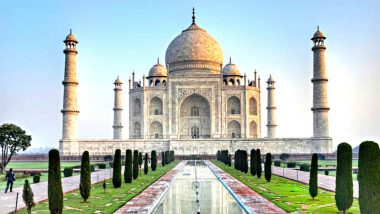

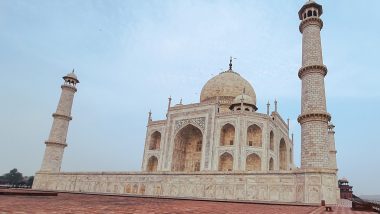

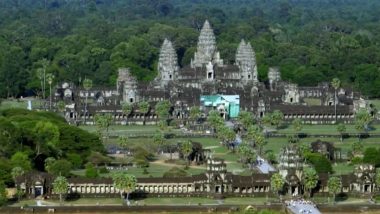
 GT
GT







